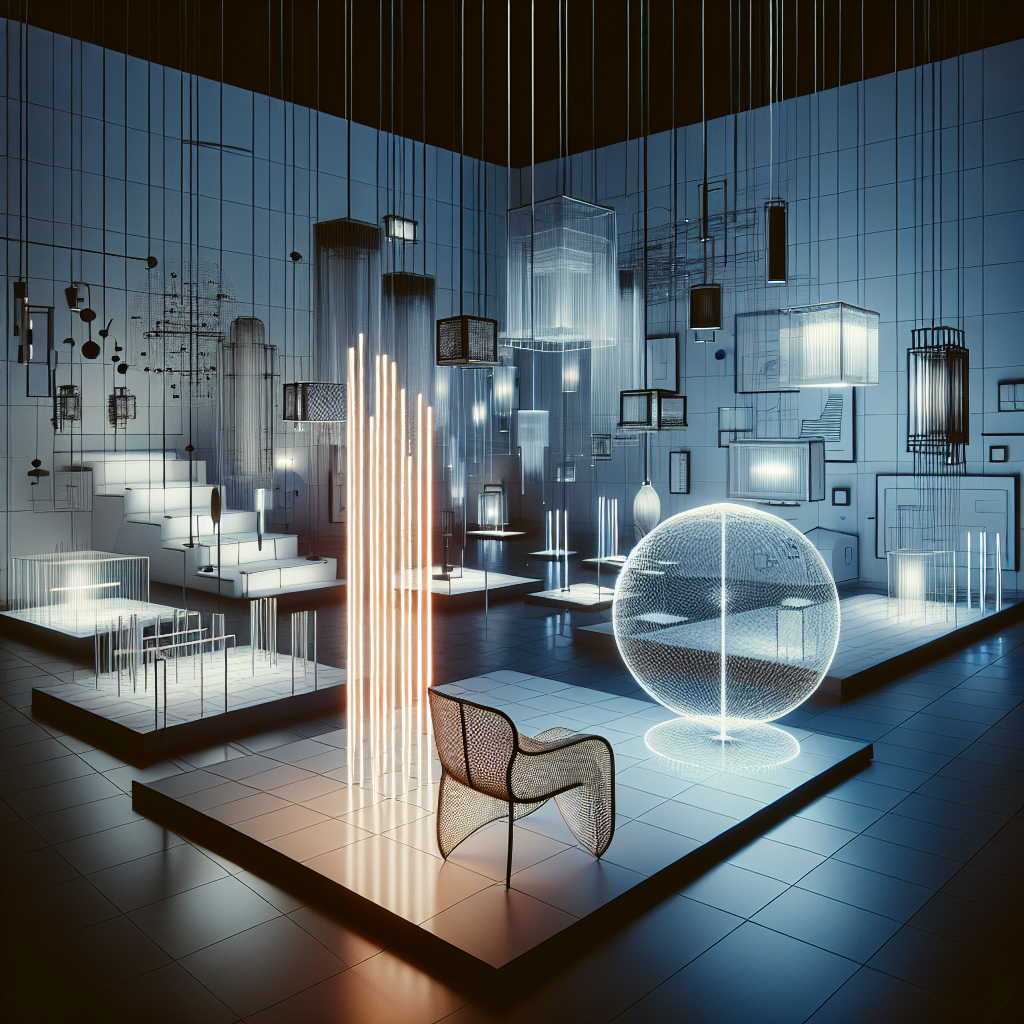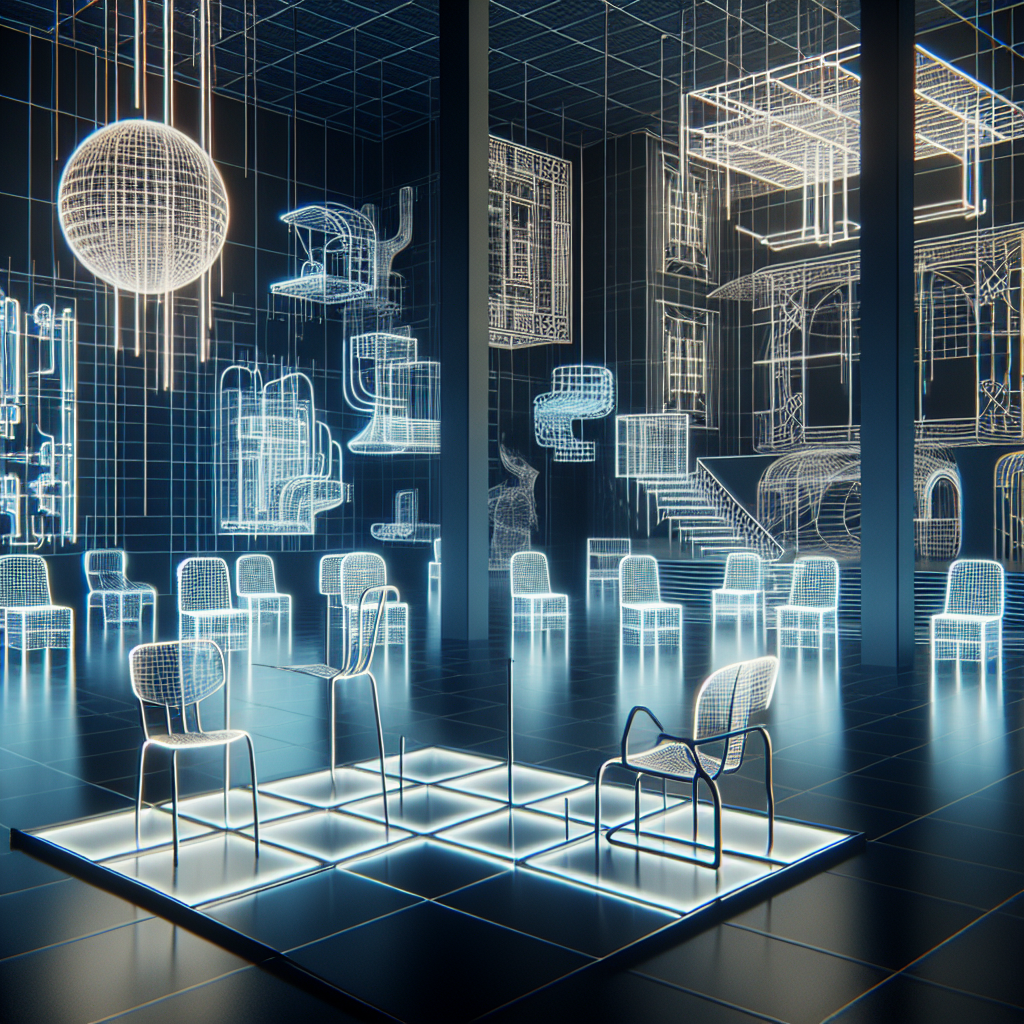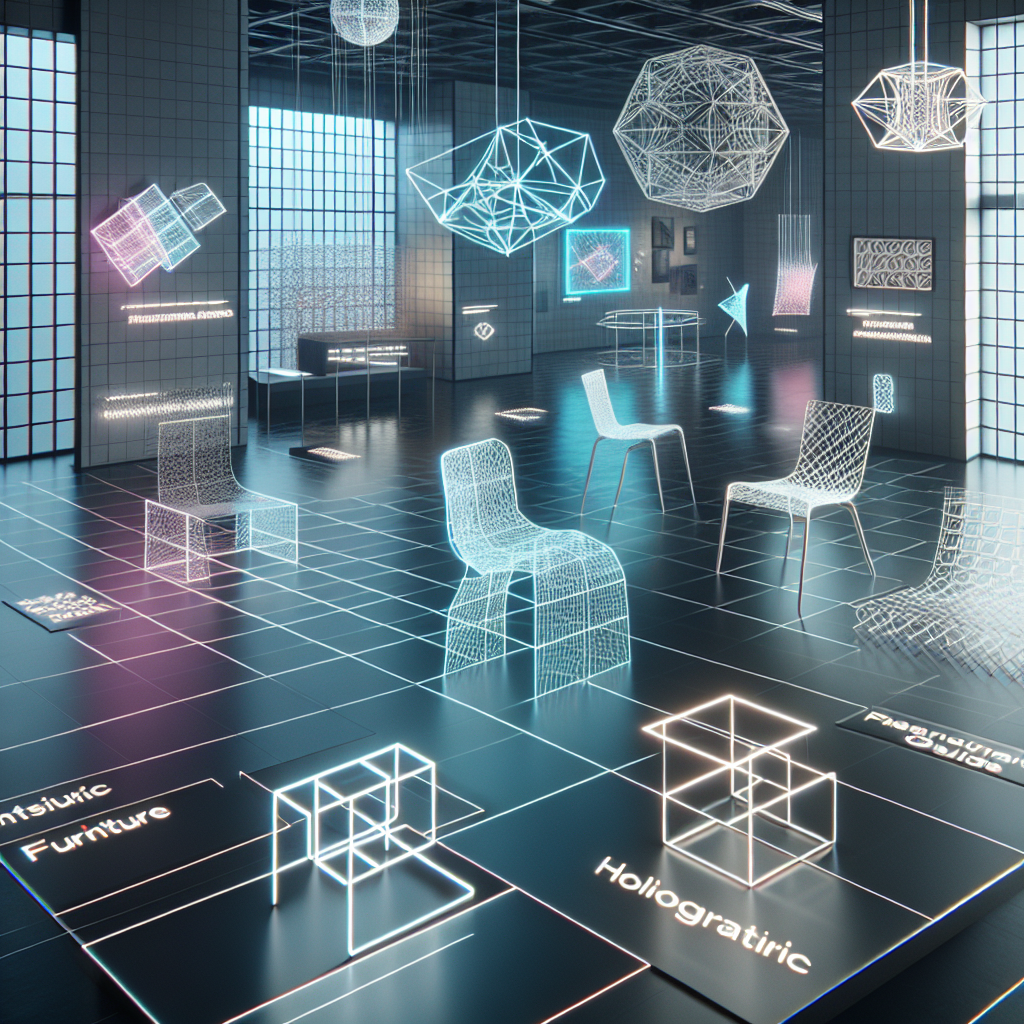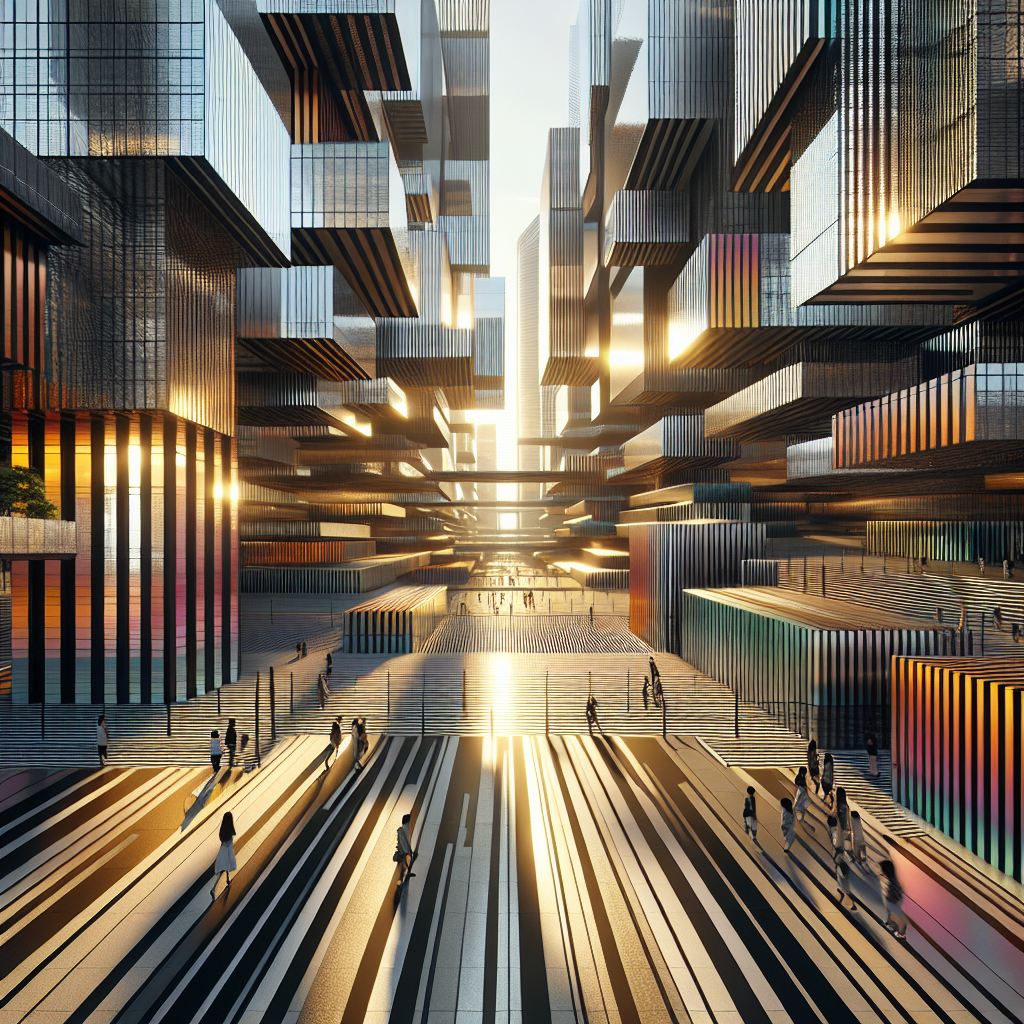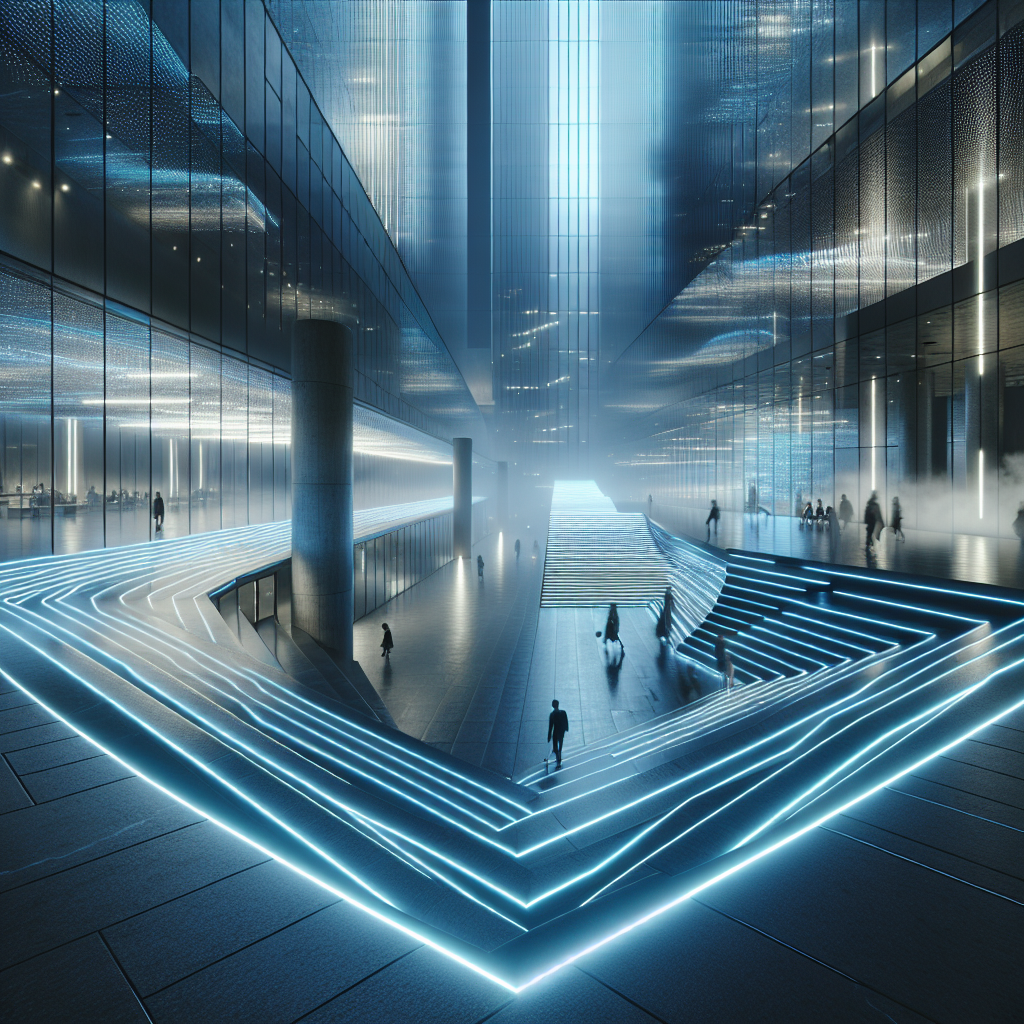Reimagined Bauhaus silhouettes: digital twists on 1920s icons
Reimagined Bauhaus Silhouettes: Digital Twists on 1920s Icons
The Bauhaus movement, born in 1919 in Weimar, was more than a school of design—it was a manifesto for modernity. Its clean lines, geometric purity, and commitment to uniting art with industry reshaped the visual and spatial language of the 20th century. Today, over a century later, those Bauhaus silhouettes are being radically reinterpreted through digital technologies, from parametric modeling to augmented reality. What emerges is not nostalgia, but a new visual lexicon where 1920s icons are filtered through the algorithms, pixels, and virtual layers of the 21st century.
The Bauhaus Legacy: A Century of Influence
Few movements have left as indelible a mark on architecture and design as the Bauhaus. Its principles—functionality, minimalism, and the fusion of craft with technology—still inform contemporary practice. The tubular steel chairs of Marcel Breuer, the crystalline clarity of Walter Gropius’s Dessau building, and the geometric lamps of Wilhelm Wagenfeld remain archetypes of modernist rigor. As explored in our deep dive into the Bauhaus movement, these works distilled design to its essence: form following function, stripped of ornament yet imbued with elegance.
Yet in 2025, the Bauhaus is not simply preserved in museums or coffee-table books. Its silhouettes are being digitally reimagined, stretched, and warped into new dimensions that the original masters could scarcely have imagined.
Digital Tools as the New Bauhaus Workshop
The Bauhaus workshop was once a laboratory of materials—wood, glass, metal. Today, the laboratory is digital. Designers employ parametric design software, virtual reality, and 3D printing to reinterpret the classic Bauhaus vocabulary. A tubular chair, once bent in steel, might now be rendered as a fluid, algorithmically generated lattice, produced with carbon fiber or bio-resins. The rigid geometries of the 1920s are being softened, multiplied, and hybridized by code.
Take, for instance, the recent work of Berlin-based studio Onformative, which reinterprets Bauhaus grids as dynamic, data-driven animations. Here, rectangles shift and pulse in response to real-time environmental inputs, turning static geometry into living, responsive design. This echoes the Bauhaus spirit of experimentation, but with a distinctly digital pulse.
Virtual Bauhaus: From Physical to Phygital
One of the most striking evolutions of Bauhaus silhouettes lies in their migration into virtual and augmented environments. Digital exhibitions such as “Bauhaus in Cyberspace” allow visitors to wander through algorithmically generated versions of Gropius’s Dessau building, where walls dissolve into data streams and staircases morph with each step. These immersive experiences extend the Bauhaus ethos into a phygital realm, where physical and digital merge seamlessly.
As explored in our feature on VR in architecture, this shift is not just aesthetic but pedagogical. Students and professionals alike can now inhabit Bauhaus-inspired environments, manipulating scale, materiality, and light in real time. The Bauhaus dictum of “learning by doing” finds a new platform in immersive digital space.
Reinterpreting Bauhaus Furniture in the Digital Age
Furniture, perhaps more than architecture, has become the canvas for Bauhaus reinvention. The iconic Wassily Chair, with its skeletal steel frame, has been digitally reimagined as a holographic object—transparent, glowing, and interactive. In Milan’s 2024 Salone del Mobile, several studios showcased “ghost furniture” that paid homage to Bauhaus icons while existing only as augmented reality overlays. Visitors could scan QR codes and watch chairs materialize in shimmering, immaterial form.
This trend speaks to a broader cultural shift toward phygital design, where ownership and experience are increasingly mediated by digital platforms. A Bauhaus chair may no longer be a physical object in a living room, but a collectible NFT that exists in both a metaverse gallery and an augmented living space.
Color, Light, and Motion: New Bauhaus Palettes
While Bauhaus was often associated with restrained palettes—primary colors, black, and white—today’s reinterpretations embrace digital luminosity. Neon gradients, algorithmic color shifts, and responsive LED surfaces infuse Bauhaus forms with kinetic vibrancy. A cube is no longer static; it glows, pulses, and reacts to human presence.
Studios like teamLab in Tokyo and Random International in London have pioneered interactive installations that echo Bauhaus geometries while layering them with motion and light. Imagine a Kandinsky-inspired mural that ripples when touched, or a Moholy-Nagy light sculpture reimagined as a projection mapping experience across an entire façade. These are not mere homages but evolutions, where Bauhaus meets the algorithmic sublime.
Case Study: Bauhaus Meets AI
Artificial intelligence is emerging as a surprising collaborator in this reimagining. Generative design platforms allow algorithms to reinterpret Bauhaus silhouettes, producing endless variations of chairs, lamps, and façades. Some are elegant evolutions; others are uncanny distortions. The tension between human intention and machine creativity recalls the Bauhaus interest in mechanization, but now with a layer of autonomy that challenges authorship itself.
In a recent exhibition in Rotterdam, AI-generated Bauhaus-inspired furniture was fabricated using robotic arms and recycled materials. The results were both familiar and alien: tubular forms twisted into Möbius-like loops, lamps that resembled Bauhaus archetypes yet flickered with unpredictable, algorithmic light patterns. As discussed in our exploration of AI in architecture, this intersection raises profound questions about the future of authorship, craft, and creativity.
The Bauhaus Spirit in Contemporary Practice
What unites these diverse reinterpretations is not mimicry but continuity of spirit. The Bauhaus was never about style alone; it was about embracing the tools of its time to rethink the relationship between art, technology, and society. In the 1920s, that meant tubular steel and industrial glass. In the 2020s, it means algorithms, VR headsets, and responsive LEDs.
Architects and designers are not simply reviving Bauhaus; they are channeling its ethos into contemporary challenges. From sustainable materials to circular economy design, the Bauhaus legacy is being woven into solutions for climate change, urban density, and digital culture. The silhouettes remain recognizable, but their meanings are constantly evolving.
A New Bauhaus for the Digital Century
As we move deeper into the digital century, the Bauhaus continues to serve as both anchor and springboard. Its silhouettes—rectangles, circles, tubular frames—remain iconic, yet their reimagining through digital technologies ensures they are never static. They are animated, interactive, and immersive, reflecting the complexities of our time.
In this sense, the Bauhaus is not a relic but a living code—one that designers continue to rewrite with each new tool, each new material, each new digital twist. To engage with Bauhaus today is to engage with its radical openness to the future, a future where design is once again the meeting point of art, technology, and human experience.
The reimagined Bauhaus silhouettes of 2025 remind us that modernism was never about freezing time. It was about shaping it. And in the hands of today’s digital designers, those timeless forms are once again shaping the contours of tomorrow.
